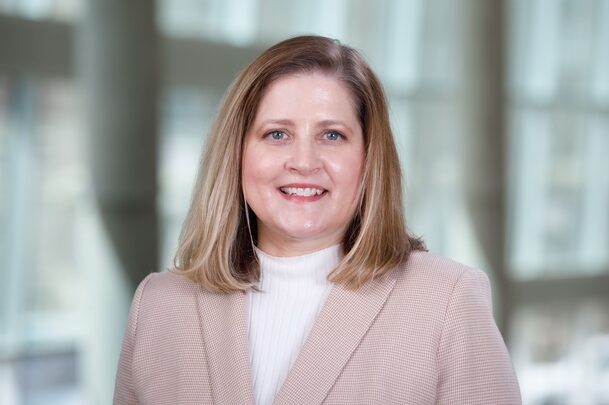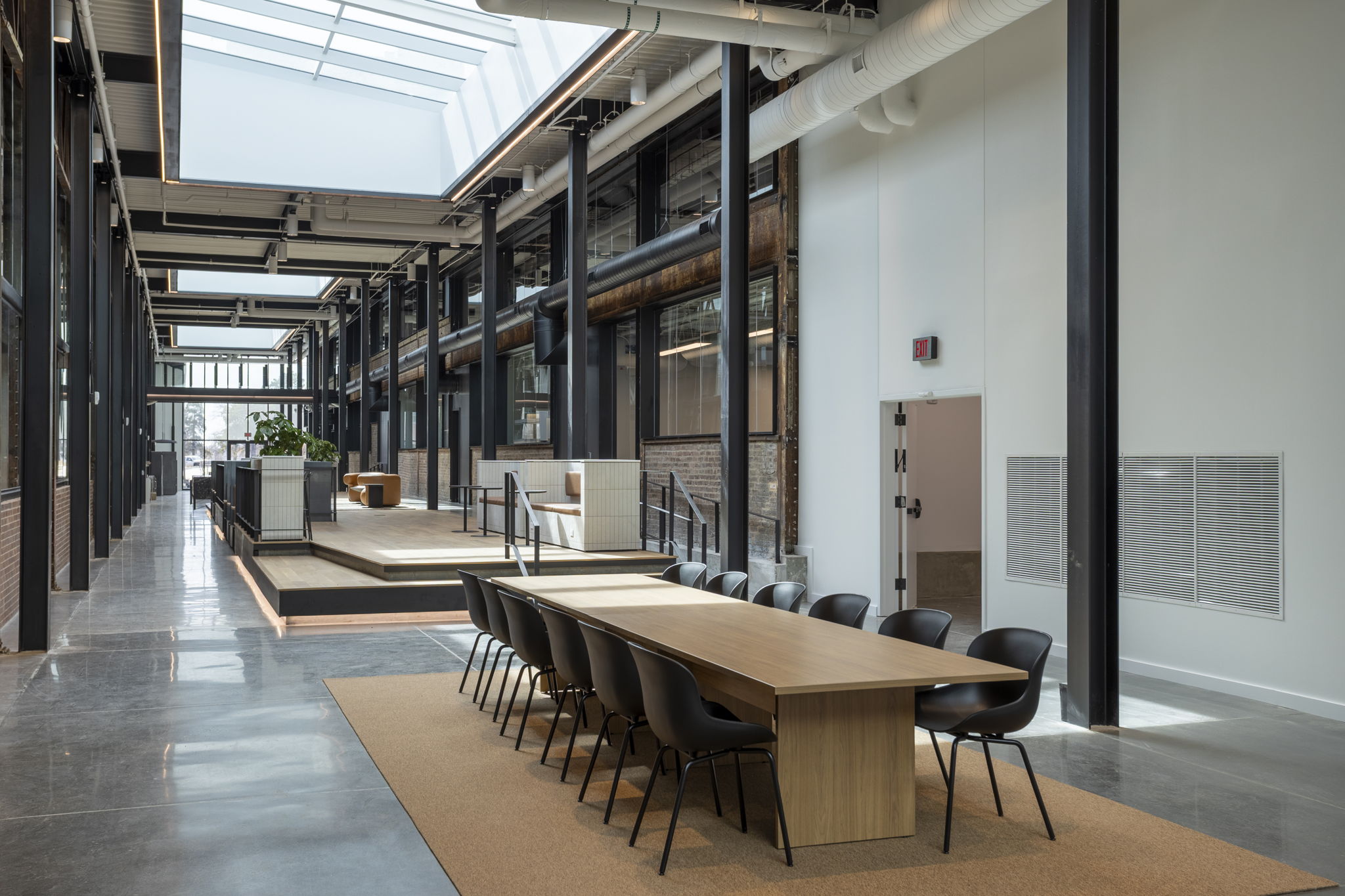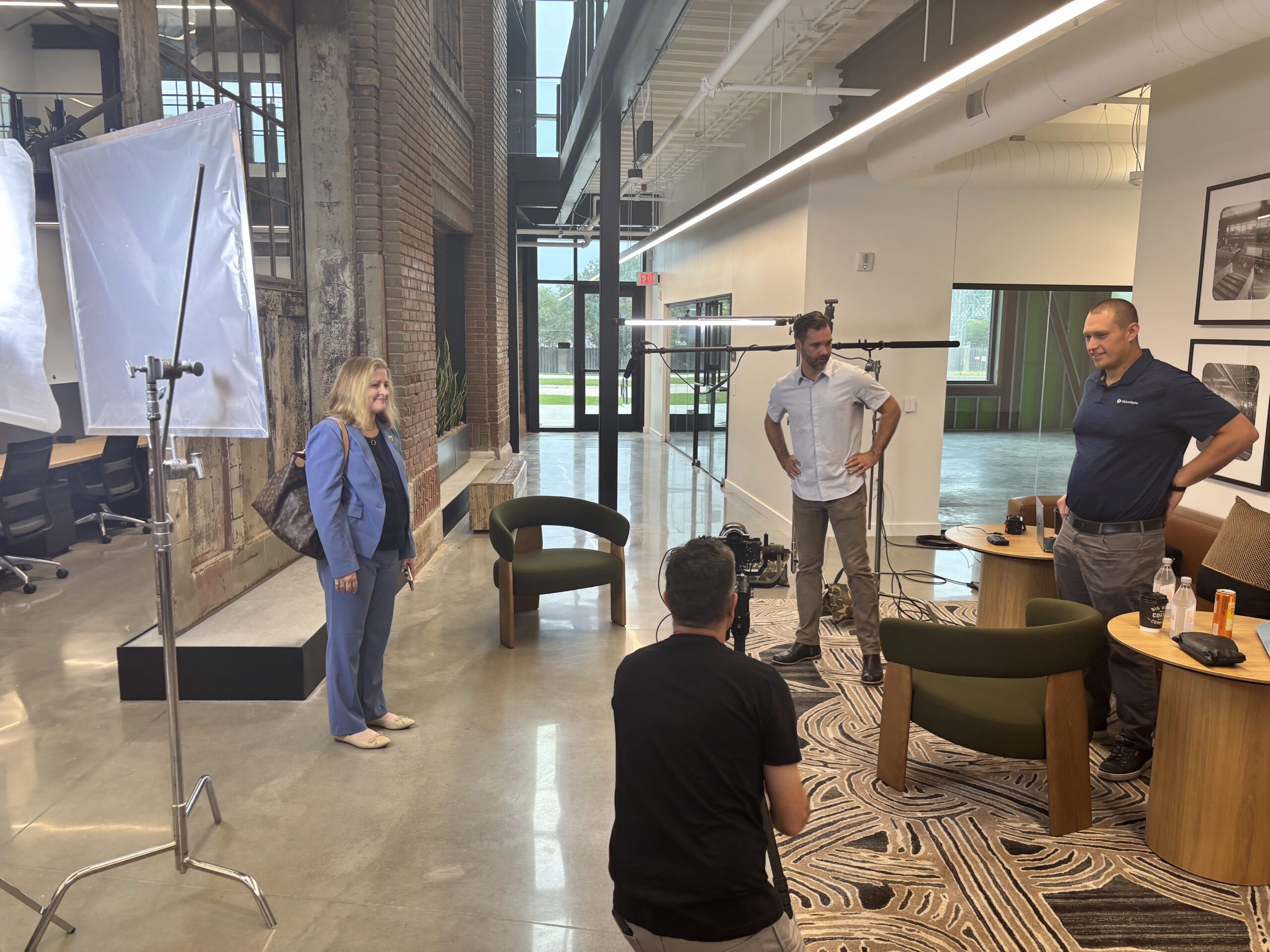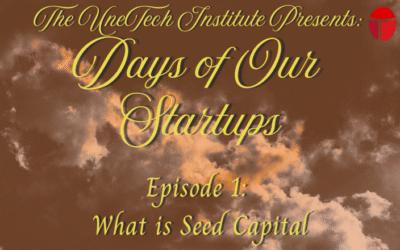I politely asked the work crew to be quiet as they moved through the Crane Co-Working Lobby in the Catalyst space. My finger to my lips, I nodded to the interview occurring on the main floor. They smiled apologetically and hurried into the service hallway.
They knew it must be important.

Jane Meza, PhD
Professor, UNMC Department of Biostatistics
Interim Vice Chancellor, UNMC Department of Academic Affairs
Dr. Jane Meza—UNMC’s Vice Chancellor for Strategic Planning and Partnerships—was sitting in VisionSync’s office explaining why their software matters to the university. I was doing grip work—adjusting stands, moving equipment, trying not to trip over cables.
And somewhere between shooting b-roll and gesturing at construction workers, I realized: oh, this is how it’s supposed to work.
“Description of VisionSync in 2 words: Accessibility and Accountability.”
Dr. Meza said it without hesitation. From a Vice Chancellor for Strategic Planning, that’s not a testimonial—that’s her describing the tool she uses to run institutional strategy.
“For a leadership position, VisionSync is helpful in having broad communication with everyone on campus…know what we are doing and give them the opportunity to engage.”
Taylor Korensky licensed this technology from UNMC and founded VisionSync because he saw the opportunity Dr. Meza was describing. He leased office space at the Catalyst—the innovation building that opened this year specifically to keep university innovations in Nebraska. UNMC deployed it. Now Dr. Meza, a Vice Chancellor is describing how she uses it to do her job.
“It’s been so successful at UNMC, that it is being rolled out to all four campuses.”
That’s the line that landed. Not “we’re evaluating expansion” or “we’re considering other campuses.” Past tense. Already happening. Successful.
“VisionSync has really worked with us to meet the needs…to pull reports…”

Taylor Korensky, CEO VisionSync

Passageway at Catalyst, in Omaha, Nebrasksa’s new Edge District. Photo via catalystomaha.com
I was a passenger for a lot of the development that produced the system that meets Dr. Meza’s needs. It was not a straight line. Taylor’s team didn’t ship a product and declare victory. They iterated. They customized. They made it work for how UNMC actually operates.
Catalyst opened in May with Governor Pillen cutting the ribbon. The building exists because proximity to the University may well serve as the catalyst to a more robust technology sector in the only city that’s ever felt like home to me. VisionSync sits in that building—not as a tenant, but as proof that local businesses can build with the university.
When Dr. Meza walked into this office, she validated the entire reason the Catalyst exists.
Catalyst is an important space, with a vital mission that unites enterprise, innovation, and the hopes of a future improved by technology. Having worked in that space, I have lately been feeling a bit overwhelmed by the scope of the challenge. The gulf between a great idea and a growing business is enormous and seems to be growing.
Still, shushing the co-working space, taking b-roll photos, and completing other non-union grip work made me feel like I was part of something.
Taylor took the risk: he licensed the technology, he hung up a shingle in the innovation district, he set up the video shoot—he launched the company. So many startups I worked with sought to complete experiments, build prototypes, pay contractors—and then exited to big pharma or the medical industrial complex.
Watching Dr. Meza answer Taylor’s questions, I felt part of something quite different—a growing company.

Dr Meza and Korensky filming VisionSync Testimonial at Catalyst.
Photo by Joe Runge
One that now has a Vice Chancellor on video explaining why VisionSync is essential. One entering Techstars with proven customers and a repeatable model. One that other universities will hear about because Dr. Meza will tell her colleagues at conferences what “Accessibility and Accountability” looks like in practice.
Taylor’s still building. There’s a lot more coming from VisionSync.
But this moment—Dr. Meza at the Catalyst, construction crews tiptoeing past, me moving lighting stands—this feels like the system actually working.
Not the exit. The company. And maybe that’s worth the grip work.



